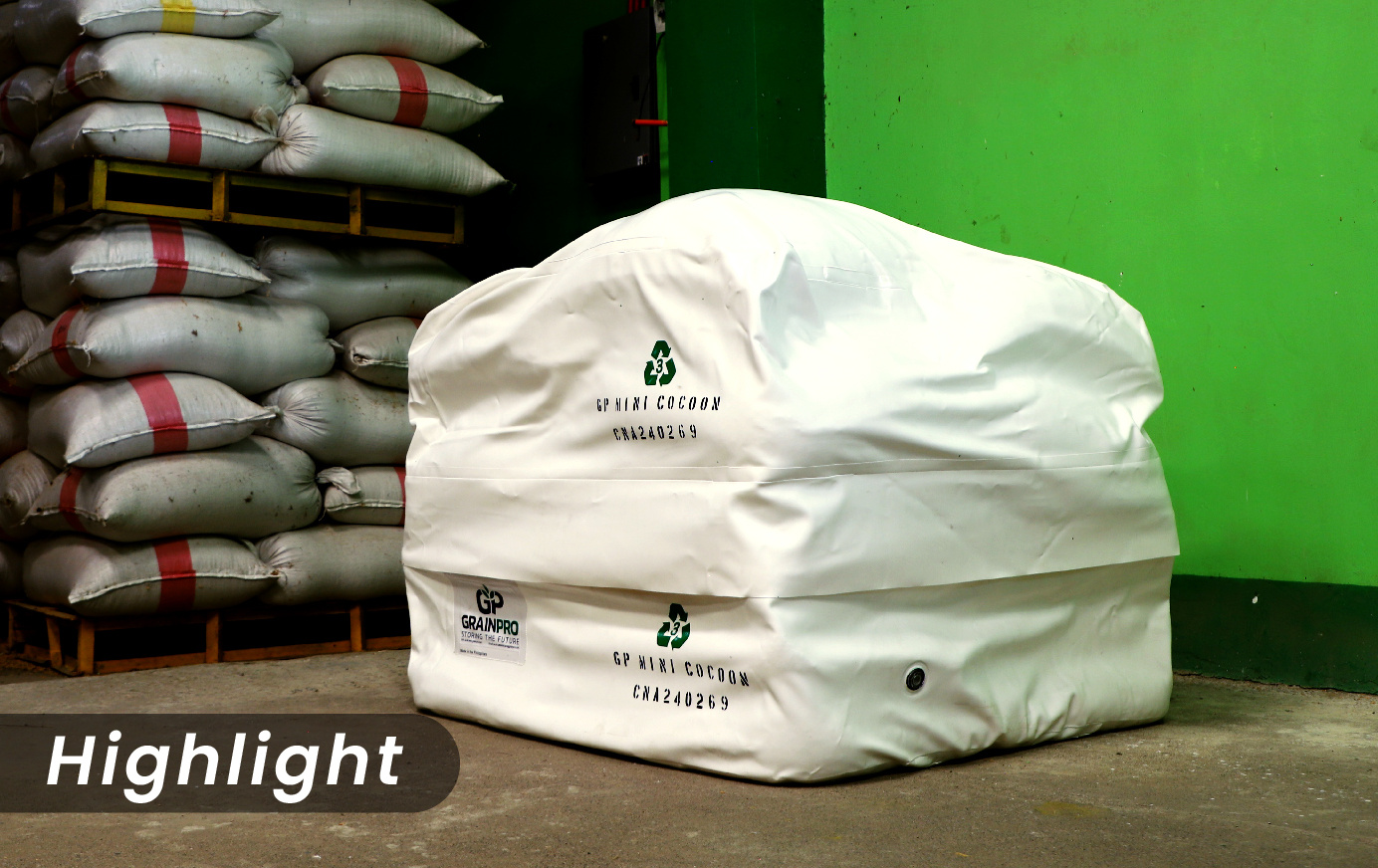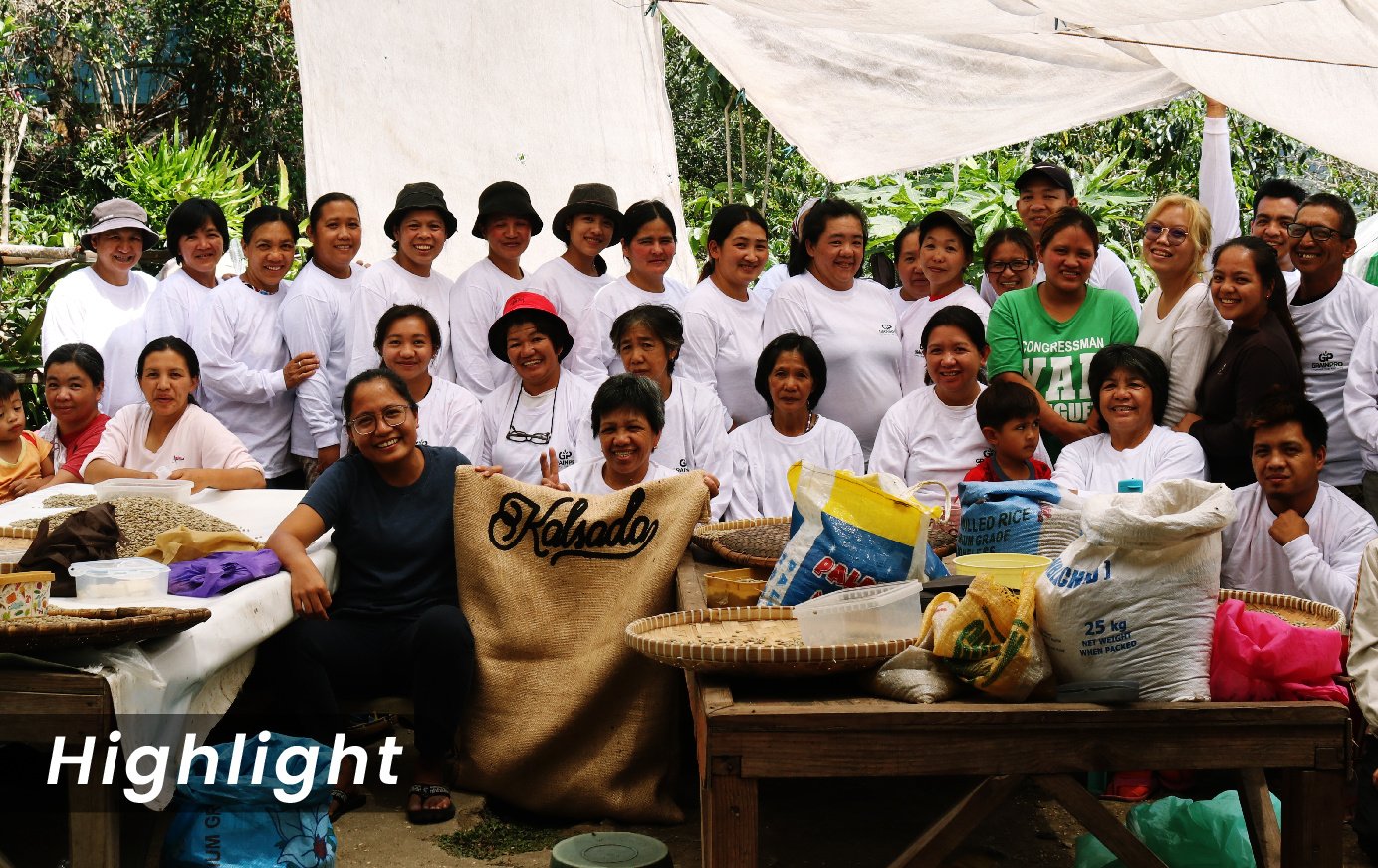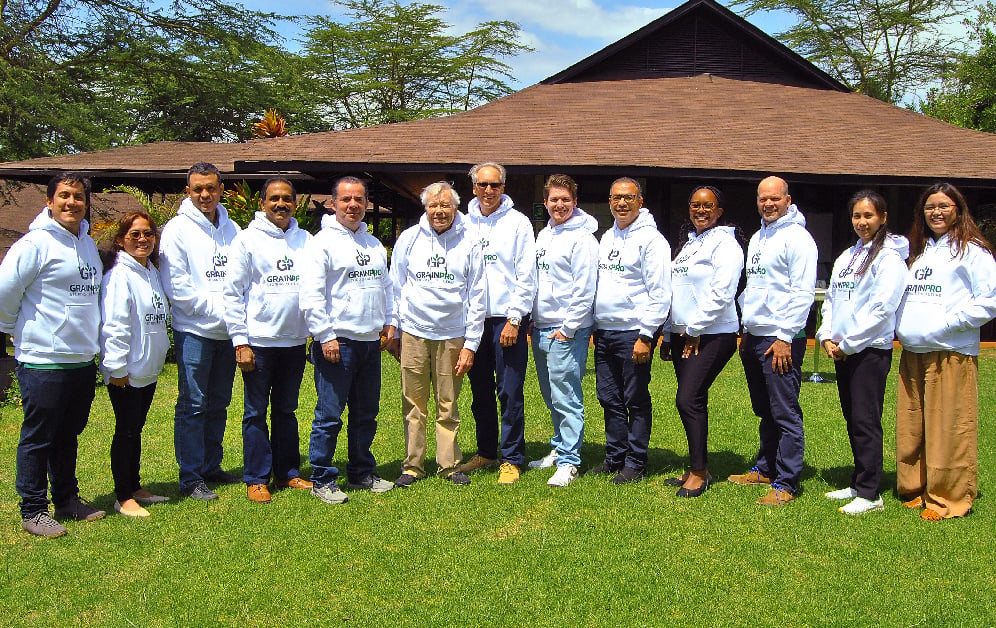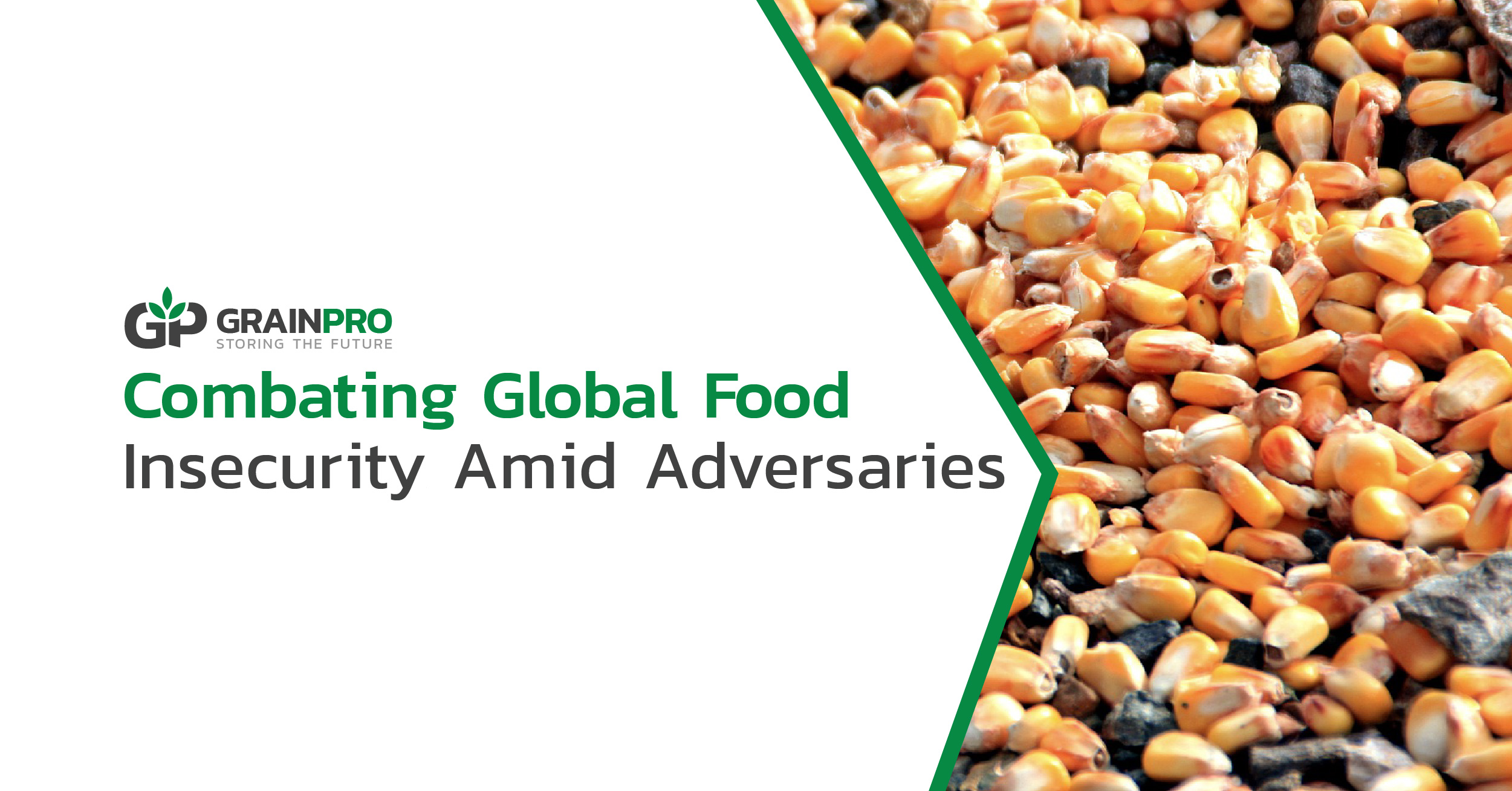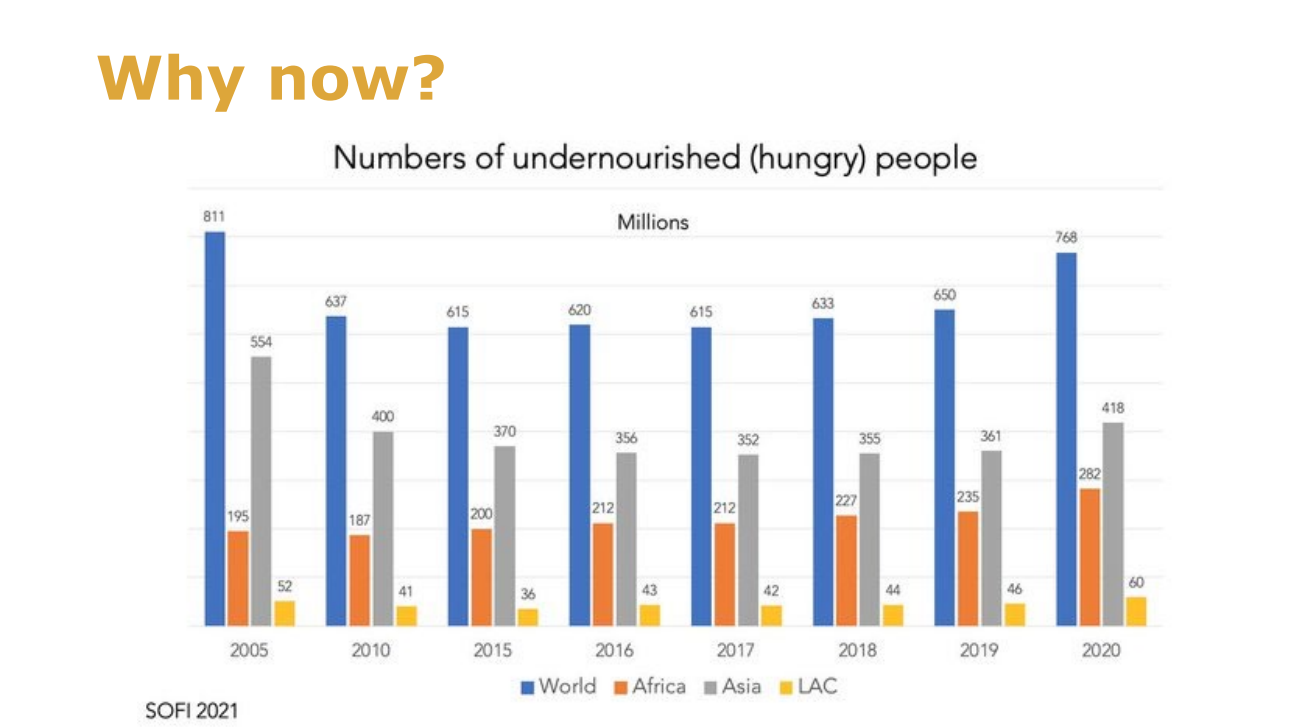When the United Nations imagined in 2015 what the world could look like in 2030, one of its Sustainable Development Goals outlined the potential transformation of more than 2 billion people’s lives with just 12 words:
End hunger, achieve food security and improved nutrition and promote sustainable agriculture.
-United Nations Sustainable Development Goal 2
The commitment to the goal was made six years ago with full awareness of the many challenges to achieving success, including climate extremes, political conflict, and struggling economies. Then, less than two years ago, a pandemic spread around the globe, creating even greater challenges.
A new report by the Food and Agriculture Organization of the United Nations prepared with experts from FAO, IFAD, UNICEF, WFP, and WHO examines the Status of Food Insecurity (SOFI) in light of the pandemic, and paints a picture of vulnerability impacting more people in more places.
How many more? The report says 320 million additional people lacked access to enough food in 2020 than just one year earlier. That means nearly one out of every three people in the world face insecurity when it comes to feeding their families for a meal, for a day, and for the foreseeable future.
Data shows a sudden increase in the number of undernourished people across the globe. (From The State of Food Security and Nutrition in the World, 2021).
The faces of the undernourished who have too little access to nutritious food or sufficient daily calories look like anyone and everyone. The report says no region of the world was spared from the increase in hunger from 2019 to 2020. 46 million more people are undernourished in Africa during the COVID-19 pandemic, 57 million more in Asia, and about 14 million more in Latin America and the Caribbean. The report also says food security increased in North America and Europe for the first time since data started to be collected in 2014.
The change is remarkable for how quickly it occurred; the prevalence of undernourishment increased 1.5 percentage points in one year after remaining level for five years. In other words, it set back half a decade of stability in just a matter of months.
“New projections confirm that hunger will not be eradicated by 2030 unless bold actions are taken to accelerate progress, especially actions to address inequality in access to food.”
- The State of Food Security and Nutrition in the World 2021 report
There is no glossing over the challenge hunger presents to millions of people in this decade. The SOFI report says at the current rate, the world is projected to have more than 660 million people hungry in 2030, about 30 million more than the projection had there not been the global health pandemic. 30 million is more than the populations of the entire nations of Sierra Leone, Tajikistan, Honduras, and the Gambia combined, and it represents an even greater challenge than when the Sustainable Development Goals were established aimed at achieving Zero Hunger.
The 2021 SOFI report says this development puts the world at a critical juncture and lists opportunities for transformation. These include making food systems that are more inclusive of marginalized people, nurture human health with innovation, and protect the environment to create more sustainable agriculture methods.
One of the many key policy areas the report outlines for lowering the costs of nutritious food includes increasing the efficiency of food value chains. One element of that is reducing food loss and waste with food harvesting, storage, and transportation so that nutritious foods are promoted along the supply chain.
Achieving UN SDG Goal 2 will take the work of many, which is why GrainPro supports this commitment. GrainPro develops, produces, and provides hermetic post-harvest solutions to address nutrition and hunger across the globe. CEO Jordan Dey says this newest report from the UN is a reminder the time to act is now.
"Safely storing food crops at the household level is critical to improving global food security," said Dey. "Farmers can't afford to lose their hard-earned harvests from pests, mold or insects. Working together we can ensure farming families have the tools and resources they need to succeed."
- Jordan Dey, GrainPro CEO
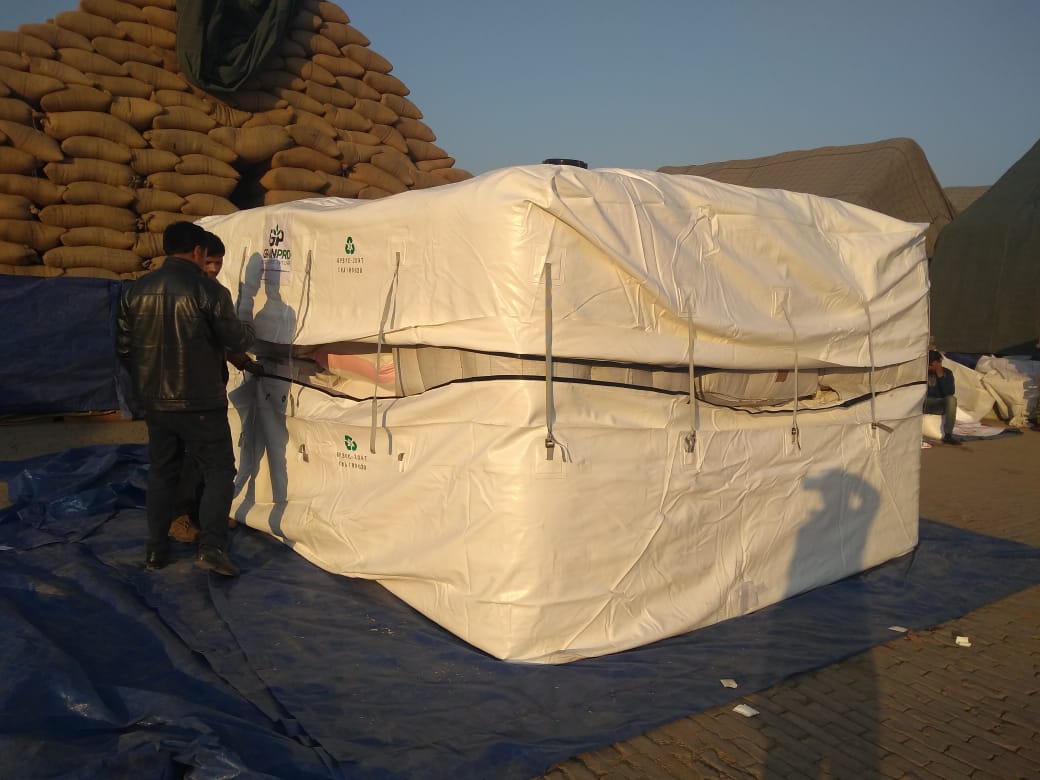
A GrainPro Cocoon, designed as a cost-effective hermetic post-harvest storage solution that preserves quality and quantity.
The UN report states the coming months will offer more opportunities to focus on ending food insecurity and malnutrition with the upcoming UN Food Systems Summit, a Nutrition for Growth Summit, and the COP26 on climate change. There is time set aside to address the challenges, even as there is less time remaining to achieve success before 2030.
The report’s final chapter includes this assessment: “The picture is bleak.” Yet the report says there is a solution going forward if public and private sectors work together more strategically addressing challenges head-on knowing that billions of people depend on it.
Date Published: October 1, 2024

